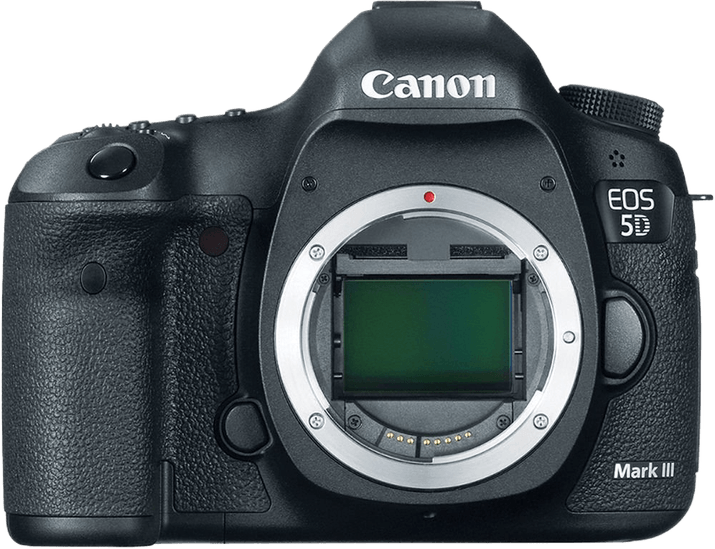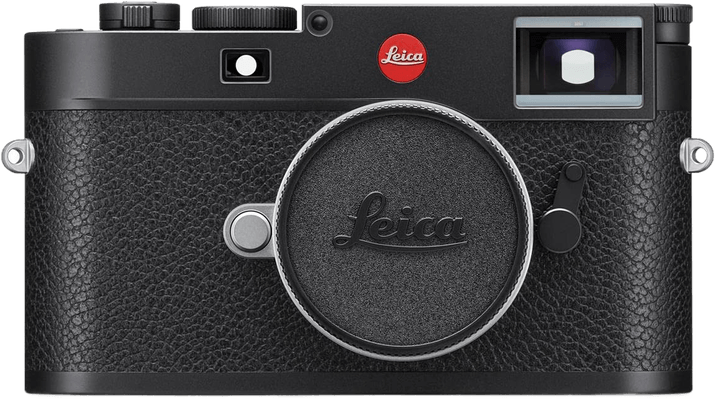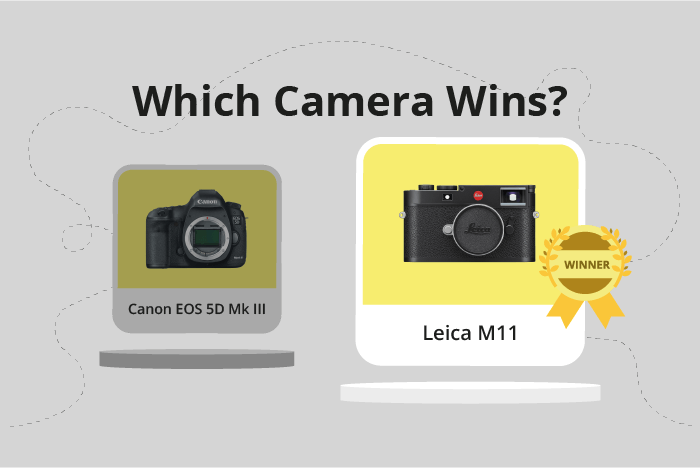Canon EOS 5D Mark III vs Leica M11 Comparison
Canon EOS 5D Mark III

Leica M11

The Leica M11 outperforms the Canon EOS 5D Mark III with a score of 74/100, compared to Canon’s 65/100. Both cameras share similarities, such as being released in the 2010s and having premium price tags. However, the Leica M11, a mirrorless camera, boasts a more compact and lightweight design, measuring 139 x 39 x 80mm and weighing 640g. This makes it more portable and convenient for photographers on the go.
On the other hand, the Canon EOS 5D Mark III, a DSLR, has a larger and heavier build, measuring 152 x 116 x 76mm and weighing 950g. Despite its bulk, the Canon model offers a more affordable option, with a launch price of $3,499 compared to Leica’s $8,995.
When considering these factors, the Leica M11 shines as the superior option due to its higher score, compact design, and lightweight build. However, the Canon EOS 5D Mark III still holds value for those seeking a more budget-friendly camera without compromising on quality.
Canon EOS 5D Mark III vs Leica M11 Overview and Optics
The Leica M11 outperforms the Canon EOS 5D Mark III in terms of optics, scoring 78/100 compared to the Canon’s 67/100. Both cameras share common features such as a CMOS sensor, full-frame sensor size, and the absence of image stabilization. They also use different lens mounts, with the Canon using the EF mount and the Leica using the M mount.
The Leica M11 excels with its higher megapixel count of 60, compared to the Canon’s 22.3 megapixels. This difference allows the Leica to capture more detail and produce higher resolution images. Additionally, the Leica M11 has a superior DXOMARK sensor score of 100, while the Canon scores 81. This indicates that the Leica’s sensor performs better in terms of color depth, dynamic range, and low-light performance. The Leica also benefits from a more advanced processor, the Maestro III, which contributes to its overall better image quality.
On the other hand, the Canon EOS 5D Mark III has a faster shooting speed of 6 frames per second, compared to the Leica’s 4.5. This advantage makes the Canon more suitable for capturing fast-moving subjects and action photography. While the Leica M11 offers better image quality, the Canon’s faster shooting speed may be preferred by some photographers depending on their needs.
In terms of optics, the Leica M11 is the winner due to its higher megapixel count, better sensor performance, and advanced processor. However, the Canon EOS 5D Mark III offers a faster shooting speed, which may be more important to certain photographers. Ultimately, the choice between these two cameras depends on individual preferences and requirements.
Canon EOS 5D Mark III vs Leica M11 Video Performance
When comparing the Canon EOS 5D Mark III and the Leica M11, it is important to note that the Leica M11 does not have any video functionality. As a result, this comparison will focus solely on the video capabilities of the Canon EOS 5D Mark III.
The Canon EOS 5D Mark III has a video score of 56 out of 100. This camera allows for Full HD video recording with a maximum resolution of 1920 x 1080 pixels. Additionally, the camera supports a maximum video frame rate of 60 frames per second, which is suitable for capturing smooth motion in video recordings. However, the Canon EOS 5D Mark III does not have built-in time-lapse functionality.
Considering the video capabilities of the Canon EOS 5D Mark III, it is evident that this camera offers satisfactory video performance for those interested in recording Full HD videos. On the other hand, the Leica M11 is not suitable for users who require video functionality, as it does not possess this feature. Therefore, the choice between these two cameras depends on the individual’s preferences and whether video recording is a priority.
Canon EOS 5D Mark III vs Leica M11 Features and Benefits
The Leica M11 emerges as the winner with a feature score of 72/100, surpassing the Canon EOS 5D Mark III, which scores 56/100. Both cameras share some specifications, such as a lack of a flip screen and Bluetooth connectivity.
The Leica M11 outperforms the Canon EOS 5D Mark III in several ways. Firstly, the M11 has a higher screen resolution of 2,332,800 dots compared to the 5D Mark III’s 1,040,000 dots. This difference results in a sharper and more detailed display on the Leica M11. Additionally, the M11 has a touchscreen, making it easier to navigate menus and adjust settings. The Leica M11 also includes GPS and WIFI capabilities, which are absent in the Canon EOS 5D Mark III. These features allow the M11 to geotag images and transfer files wirelessly, providing added convenience for users.
Despite its lower score, the Canon EOS 5D Mark III has some advantages over the Leica M11. The most notable one is its larger screen size of 3.2 inches, compared to the M11’s 3-inch screen. This larger display provides a more comfortable viewing experience for users when reviewing images or navigating menus.
Taking all these factors into account, the Leica M11 is superior in terms of features, offering a higher screen resolution, touchscreen capabilities, and GPS and WIFI connectivity. On the other hand, the Canon EOS 5D Mark III has a slightly larger screen size which may be beneficial to some users. However, the overall advantage in features goes to the Leica M11, making it the better choice between the two cameras.
Canon EOS 5D Mark III vs Leica M11 Storage and Battery
The Canon EOS 5D Mark III wins the storage and battery comparison with a score of 76 out of 100, while the Leica M11 scores 45. Both cameras accept SD, SDHC, and SDXC memory cards. However, the 5D Mark III has two memory card slots and also supports Compact Flash and UDMA cards, while the M11 has only one slot with UHS-II compatibility.
The 5D Mark III has a longer battery life, providing 950 shots per charge compared to the M11’s 700 shots. The Canon uses an LP-E6 battery, whereas the Leica uses a BC-SCL7 battery. The advantage of the Leica M11 is its USB charging capability, which the 5D Mark III lacks.
Considering these points, the Canon EOS 5D Mark III offers better storage options and battery life, making it the superior choice in this aspect. The Leica M11, though, provides the convenience of USB charging, which may be valuable to some users.
Canon EOS 5D Mark III vs Leica M11 – Our Verdict
Are you still undecided about which camera is right for you? Have a look at these popular comparisons that feature the Canon EOS 5D Mark III or the Leica M11:

